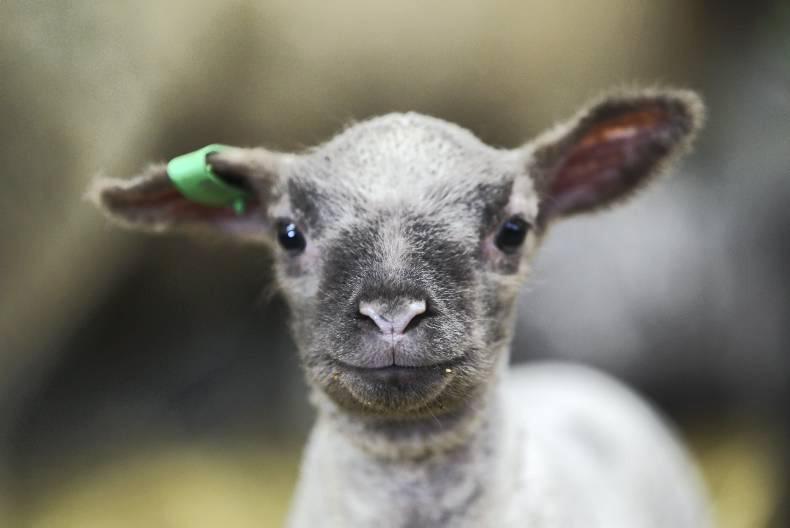A: Arrivals
Hygiene, and individual lambing facilities (pens) will provide a safe environment for the lambs to bond with their mother. Clean straw, gloves, gel and lambing ropes are essential equipment for all to have.
B: Breathing
Check that no placenta is covering the nostrils and mouth. In the majority of cases, a gentle rub on the chest of flick of the nostril with a piece of straw will suffice. In others, the administration of a stimulant either by injection or sublingual route will be required.
C: Colostrum
The life saver to all newborns, colostrum is as vital to lambs as to any other animals. The target is 10% of bodyweight given in the first six to eight hours of life. Particularly with an assisted lambing a few extra second to strip the teats, removing the keratin plug (can occasionally block the teats) and ensuring the quarters are free from mastitis will identify any potential problems at source. The availability of artificial colostrum ensure that colostrum is available 24 hours a day.
Where colostrum is suspected to be of insufficient quality, beware of E.Coli infections and implement preventative treatment with oral antibiotics, if required.
D: Disinfection
The navel of a newborn lamb is a common source of infection. Routine spraying of the navel with iodine is a simple cost effective treatment, carried out as soon after birth as possible.
E: Vitamin E/selenium
Where lambs are born into a flock that a Vitamin E/selenium deficiency, an injection is recommended. Read manufacturers’ instructions for injection route and use the neck and not the muscle of the hind quarters as injection site.
F: Fostering
For a number of reasons, a lamb may need to be fostered. Ideally, this should occur as soon as possible, before the lamb has been licked by the mother. When fostering from triplets, select the strongest lamb and keep the lamb and adopting ewe individually penned until you are sure the adoption has succeeded.
G: Good practice
Management procedures, such as de-tailing and castration, are best dealt with early in life with the administration of rubber rings being the preferred method with minimised risks to the lamb.
Vaccinations, if required, for Orf, are implemented at an early stage (avoid shedding of ‘orf ’ in areas of unvaccinated animals, if possible) and protocols are in place to identify nature of scour, e.g. E.Coli, coccidiosis or nematodirus, and relevant treatments are implemented.
H: Hypothermia and temperature
Smaller lambs and those neglected by the ewe are most vulnerable to ‘hypothermia’. The smaller lambs will have a greater surface area to their body weight’s ratio and, therefore, chill faster.
Normally, fat reserves in the lamb are converted by oxygen into heat but as these are limited, it is critical that the lambs suckles regularly and has a steady supply of milk.
The normal rectal temperature of a lamb should be 390C to 40oC. In mild cases of hypothermia, where the temperature falls to between 37oC and 39oC, the administration of colostrum via a stomach tube is often sufficient to stimulate late heat production.
Where the temperature falls to less than 37oC or where the lamb is small (<1.5kg), hypoglycaemia (low blood glucose) will contribute to the hypothermia.
There is a need to reverse the hypoglycaemia and warm the lamb. Reversal of hypoglycaemia is done by administration of a 20% dextrose solution at a rate of 10ml/kg bodyweight into the abdominal cavity (intra peritoneally). The injection site is 2cm below the navel and 2cm to the side.
It is best if the solution is administered at body temperature.
Where warming is required, it is better to do this slowly, preferably with a warm air heater as opposed to a severe heat lamp.
Checking the lamb’s rectal temperature every 20 to 30 minutes ensures that the temperature does not expend normal body temperature and result in the lamb overheating.
Once temperature returns to normal levels and the lamb is strong enough to suckle, it is best returned to its mother as soon as possible but supervised for 24 to 48 hours to ensure the ewe will accept the lamb back.






 This is a subscriber-only article
This is a subscriber-only article











SHARING OPTIONS: